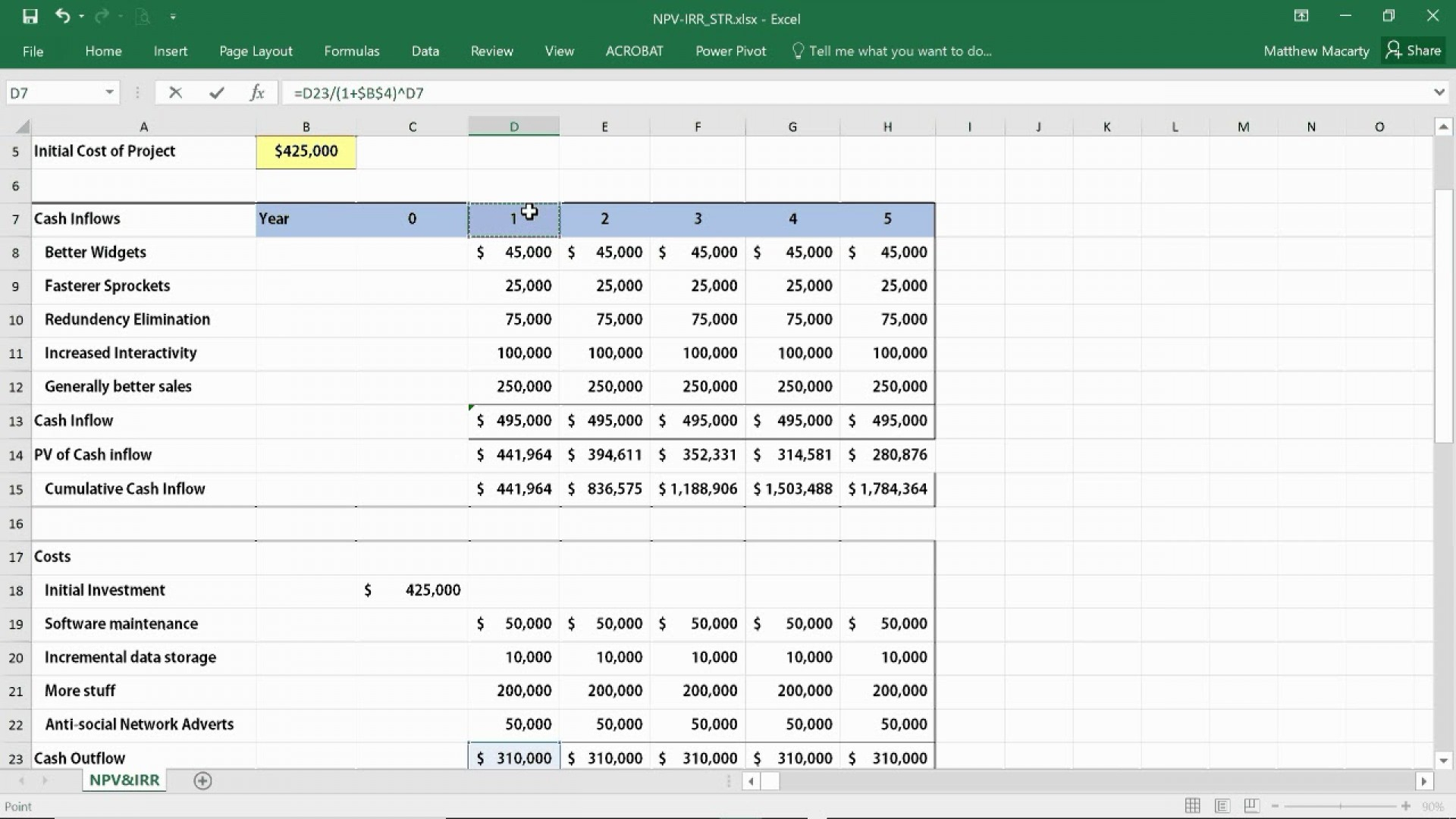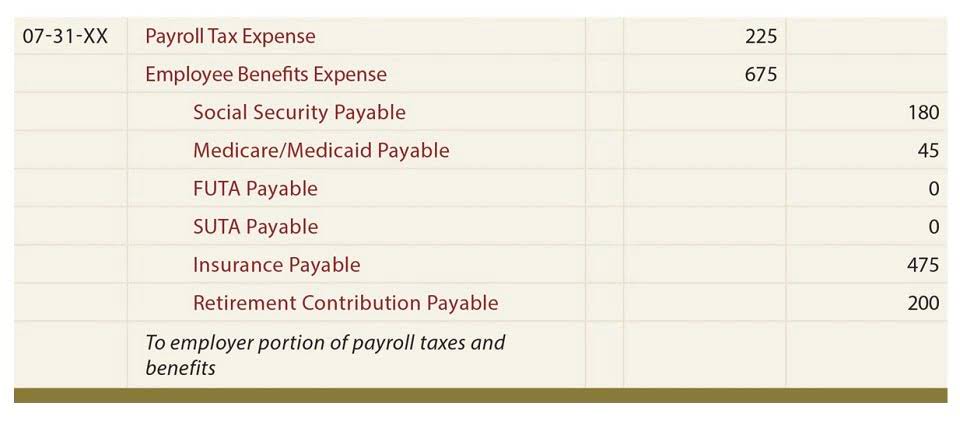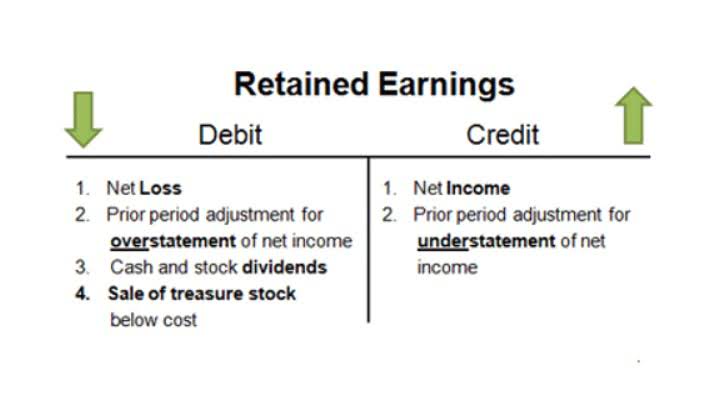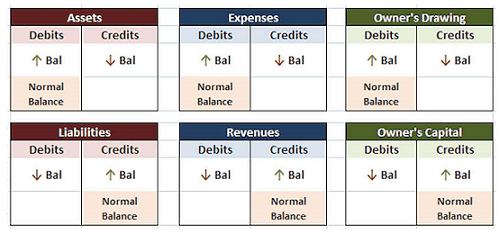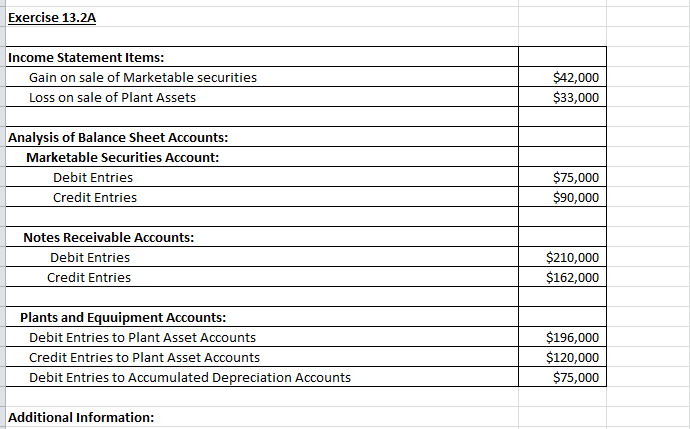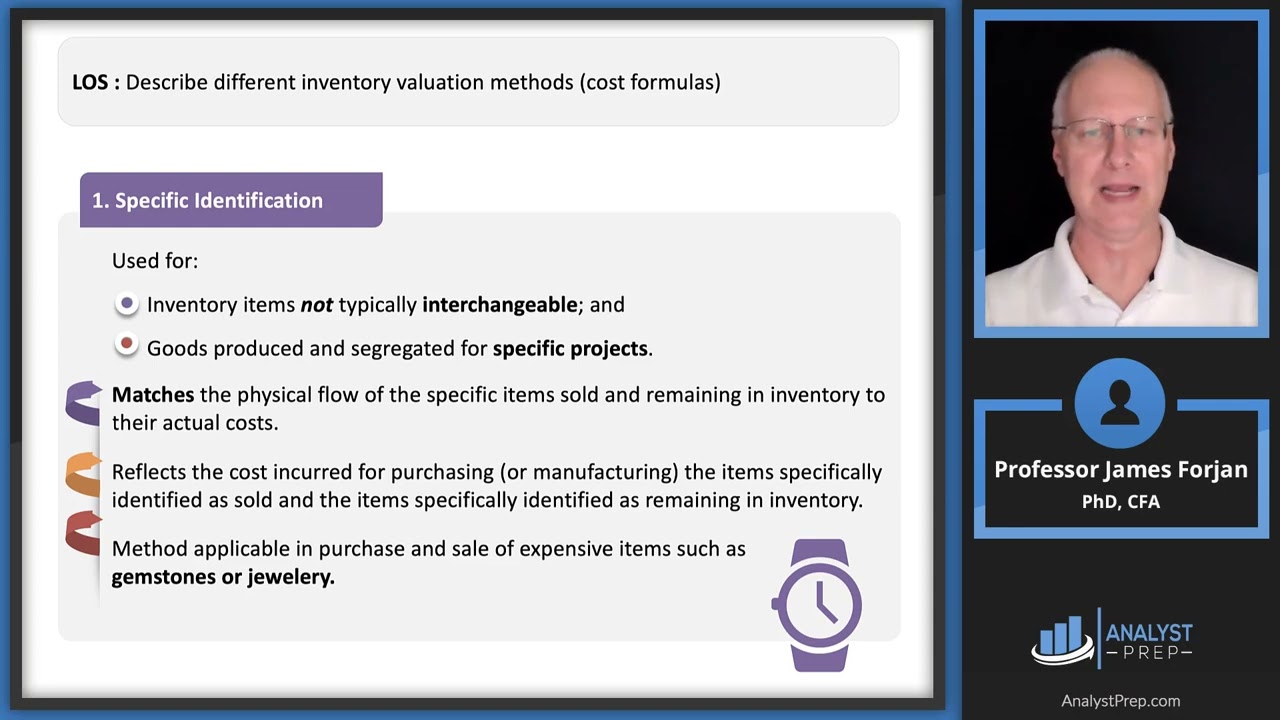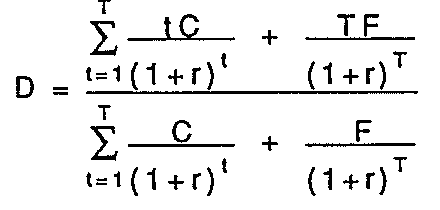
Additionally, ZenBusiness offers a strong registered agent service, which simplifies the process of being compliant with LLC rules in your state. Our team ranked it second on our list of the best registered agent services. It’s this versatility that makes ZenBusiness such a strong tool for starting and running a business. Bizee includes one free year of registered agent services if you use them to form your business. This is an excellent opportunity to understand the benefits of working with a registered agent. Our research team spent four weeks analyzing and comparing business formation services to find the best of the best for different use cases.
Hire a Bookkeeper or Get Accounting Software
In addition to ZenBusiness’s guided setup to form your business, you can also access tools like market research, grant searches, and startup cost calculators. Then, work on getting your business out to the world with a domain name, website builder, business email, and more. If you believe your business will need legal advice beyond filing your business, LegalZoom could be a good option. It offers Business Advisory Plans with 30-minute consultations, annual business evaluations, and legal document reviews. But if you’re willing to put in the work, it can be a great way to achieve your dreams and goals.
- ZenBusiness has LLC formation packages starting at $0 plus state filing fees.
- When starting a new company, you may have to provide personal guarantees because the business doesn’t have its own track record of revenues or business credit.
- One of the most important things to do when starting a small business is to start planning for taxes.
ZenBusiness
While customers can access the web version of Bizee from their mobile devices, I would have appreciated a dedicated mobile offering similar to what LegalZoom has. Still, keeping track of recurring charges is crucial, as these costs can add up quickly. You’ll also need to know of any impending due dates for monthly or annual fees. The Platinum package, at $304, also offers business contract templates, expedited delivery via FedEx, and a domain name and business email. If you decide to hire a service to help you set up your LLC, here are eight popular LLC formation and incorporation services that can help.

What Makes LegalNature Great
To do this, you can create one LLC and then file separate DBA (doing business as) names for each business. This does not legally separate each entity from the other, and they’ll also use the same EIN. Always consult with an attorney and a tax professional if you’re considering multiple businesses under one LLC to ensure you understand the liability and taxation. That’s good news for company owners looking for speedier processing than other companies the most important info about accounts payable process offer without asking you to pay hefty rush fees. Of course, the time it takes to complete your filing ultimately depends on your state’s filing times, but MyCompanyWorks can shave some time off the total with its quick turnaround.
In a member-managed LLC, the members take it upon themselves to handle day-to-day operations and decide who’s responsible for what. In a manager-managed LLC, one or more supervisors are chosen by the members to be in charge. As an LLC member, you have the flexibility to shape the management of your company. Whether you opt for a member-managed or manager-managed LLC, each member plays a pivotal role in steering the business towards success. From Delaware to Dubai, we cover all the business locations with equal importance and proper concern. Business Setup Worldwide offers its services in the following jurisdictions.
For this reason, it’s crucial that you check with the Secretary of State office in your state to learn about the specific rules and regulations. Having an operating agreement can prevent any miscommunication and resolve any conflicts between members. Another drawback to being your own registered how to start a virtual bookkeeping business and make $3,000 a month online agent is that it takes the flexibility out of your day. Registered agents need to be constantly present at the registered office during normal business hours. If you’re tethered to the office, this means you have less time to take business meetings, attend working events, scope out opportunities, etc. One drawback of being your own registered agent is the increased likelihood of receiving embarrassing legal documents in front of patrons.
Choose Your Business Name
Companies with complex compliance needs may find it helpful to outsource compliance tasks to a service like Harbor Compliance. The company provides easy-to-use compliance software to keep your business documents organized. However, if you’re not interested in self-service, there are also trained specialists on deck who offer manual assistance.
ZenBusiness formation packages include worry-free services and support to understanding progressive tax rates make your business official. Select one of their service packages and add on the additional services you need to start, run, and grow your business with confidence. Most of these tools are extra costs in addition to your business filing fees, so that’s something to consider when signing up. However, even if you don’t need branding, planning, and marketing tools right now, it could give you some peace of mind to know they’re there when needed.
Non-members can use most of the site’s legal resources as needed for various prices. However, paying members get free consultations, discounts on on-call attorney services, and one free incorporation filing plus a 25% discount on future filings. If you want to try to find the answers yourself, Rocket Lawyer has multiple resources and documents to help you understand the topic. There’s even an option for finding advice on regulations and laws that only apply to your state. For all these reasons, our team named Rocket Lawyer as one of the best online legal service options.



